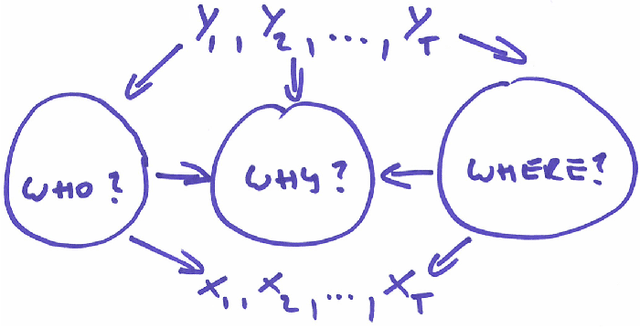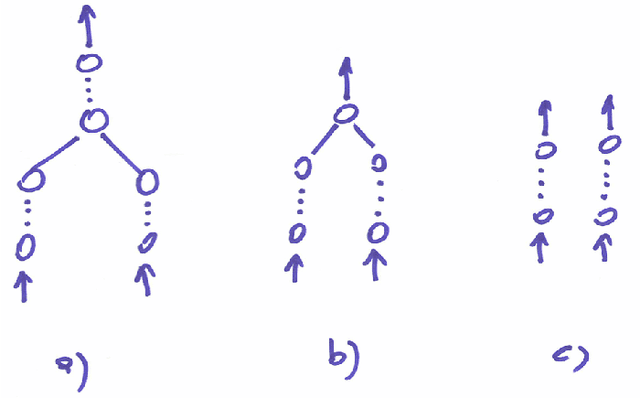An In-Depth Analysis of Visual Tracking with Siamese Neural Networks
Paper and Code
Aug 02, 2018

This survey presents a deep analysis of the learning and inference capabilities in nine popular trackers. It is neither intended to study the whole literature nor is it an attempt to review all kinds of neural networks proposed for visual tracking. We focus instead on Siamese neural networks which are a promising starting point for studying the challenging problem of tracking. These networks integrate efficiently feature learning and the temporal matching and have so far shown state-of-the-art performance. In particular, the branches of Siamese networks, their layers connecting these branches, specific aspects of training and the embedding of these networks into the tracker are highlighted. Quantitative results from existing papers are compared with the conclusion that the current evaluation methodology shows problems with the reproducibility and the comparability of results. The paper proposes a novel Lisp-like formalism for a better comparison of trackers. This assumes a certain functional design and functional decomposition of trackers. The paper tries to give foundation for tracker design by a formulation of the problem based on the theory of machine learning and by the interpretation of a tracker as a decision function. The work concludes with promising lines of research and suggests future work.
 Add to Chrome
Add to Chrome Add to Firefox
Add to Firefox Add to Edge
Add to Edge